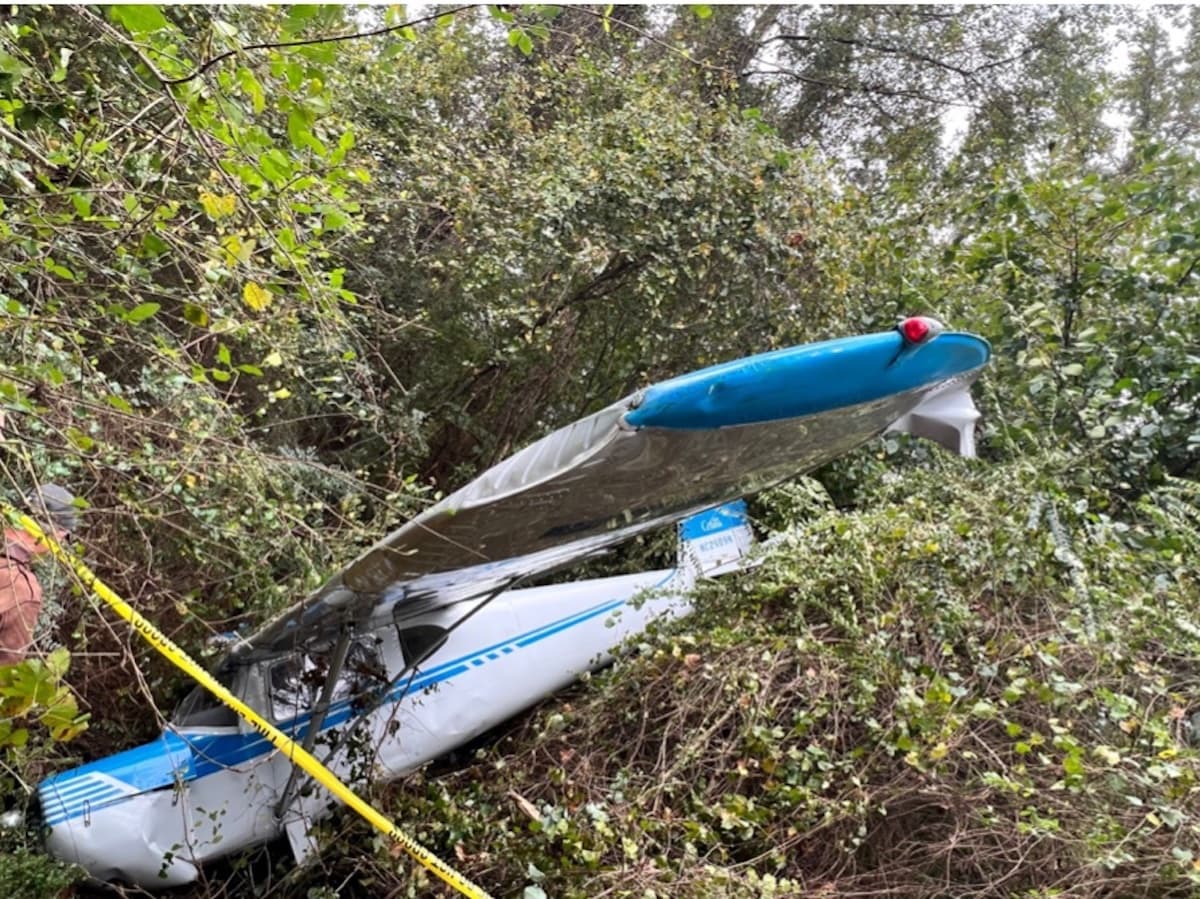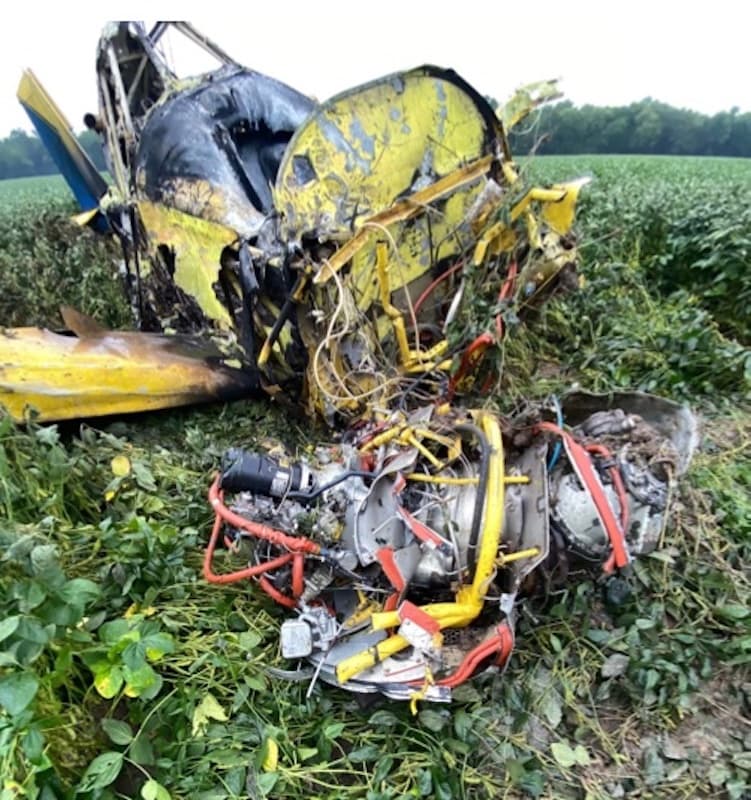The loss of lateral/bank control during takeoff due to the pilot’s decision to operate the airplane with a known fuel imbalance.
NTSB Accidents
Mechanic’s error fatal for two
The mechanic’s failure to install the required gasket on the vacuum pump drive pad in accordance with the maintenance manual, which resulted in oil exhaustion and the subsequent loss of engine power. Contributing to the accident was the Director of Maintenance’s failure to verify the installation of the vacuum pump gasket before returning the airplane to service.
Deteriorating weather distracts pilot
A Cessna 177B pilot, distracted by avoiding weather, failed to monitor fuel reserves, leading to fuel exhaustion and an engine failure. The pilot performed a forced landing in a field, causing substantial damage and serious injuries to both occupants.
Carbon tracking contributes to Luscombe’s crash
A total loss of engine power due to a failure of the ignition switch from carbon tracking, which resulted in a forced landing and a subsequent impact with trees.
Fuel exhaustion leads to forced landing
The pilot’s inadequate preflight fuel planning and preflight inspection of the airplane, which resulted in fuel exhaustion, a total loss of engine power, and the subsequent off-airport landing.
Taylorcraft pilot loses control during go-around
The pilot’s failure to maintain aircraft control during initial climb after a go-around, which resulted in an aerodynamic stall and spin at low altitude.
Distracted pilot fails to extend landing gear
The pilot’s failure to extend the landing gear prior to landing.
Bounced landing bends Cessna 140
The student pilot’s improper recovery from a bounced landing. A factor in the accident was the instructor’s delayed remedial action which resulted in an inability to recover the airplane from an aerodynamic stall.
Cropduster crashes after hitting tree in middle of field
The pilot improperly monitored the operating environment which resulted in a collision with a tree located in the middle of a field.









